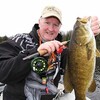
Equipment that's NOT Fly Fishing Related
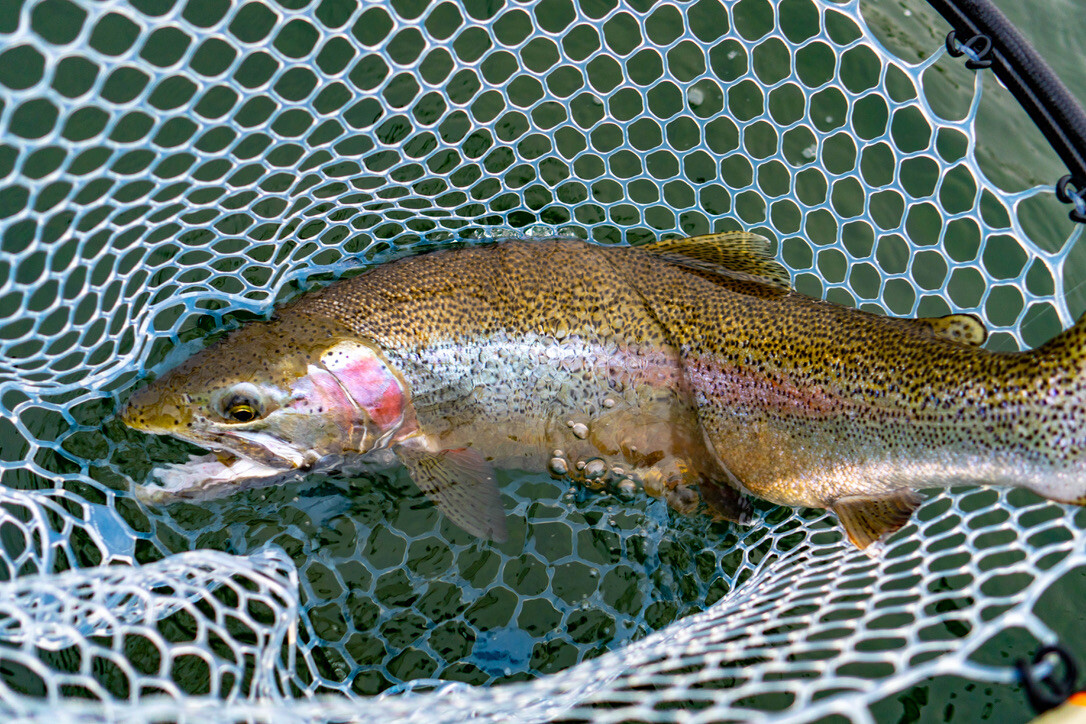
Fly anglers have a kit that typically includes their fly rod, reel, line, leader tippet, and flies. That’s the business end of fly fishing. Then there is the continuation of the kit consisting of what anglers carry on their person. Sling pack or backpack, waders, boots, rain jacket, and hat. “Things” and “stuff” add up in a fly angler’s kit and though these are the basic items anglers have on the water, there are several lesser thought items anglers should have in their kit to ensure maximum success no matter the fish species they are targeting.
Submersible Thermometer
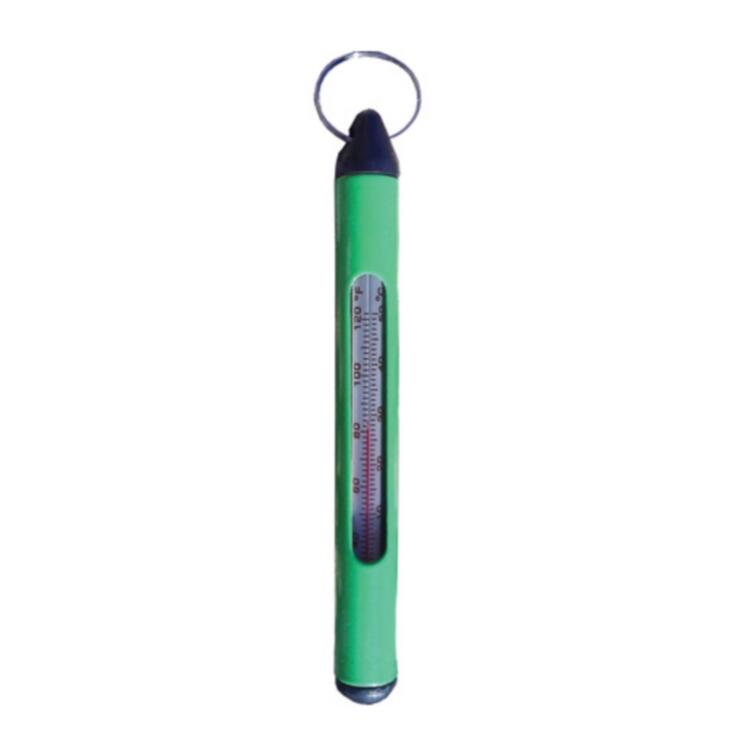
One of the most important “other” items anglers should have in their bag, is a submersible thermometer that will tell you what fish behavior may be based on the temperature of the water you’re fishing. Identifying proper temperature range ideals for Coldwater species, such as trout, can not only increase your chances of safely catching and releasing these fish. but can also indicate if and when the water is too warm to target them. On the flip side, with respect to warm water species such as smallmouth and largemouth bass, walleye, musky, and pike, identifying proper temperatures for these species will allow you to best target them in the temperatures they are most comfortable.
Snips
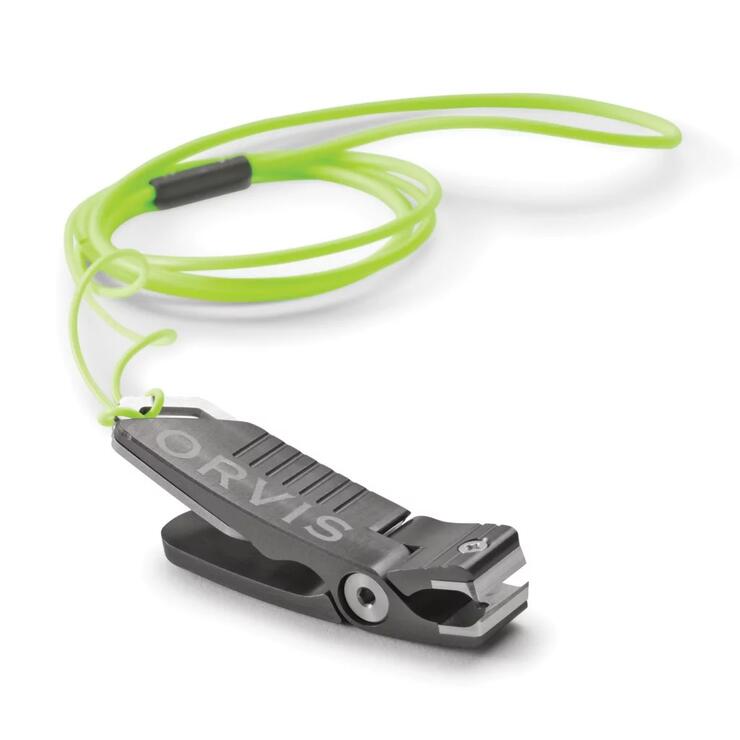
A good pair of snips are a must-have piece of equipment to attach to your sling pack or to your jacket. Sharp snips allow precision cutting close to knots of all the material you may have used in your system. From fly-line, leader material, tippet, and even the knotable bite wire you tied on for toothy critters like pike and musky. A good pair of snips will get the job done easily, and of course, save your teeth. In a pinch, if you don’t have a good pair of snips, raid your partner’s bathroom drawer and “borrow” their fingernail clippers.
Wading staff

This “third leg” should be an essential piece of equipment in each fly angler’s river kit. Either telescopic or bungee foldable, a reliable walking staff can easily be deployed to assist in crossing a river. Generally secured to a belt loop on an angler’s waders, the stability a wading staff offers really is incredible, and can not only save the day on the river but save your life should you slip in heavy rapids or currents.
Hook Sharpener
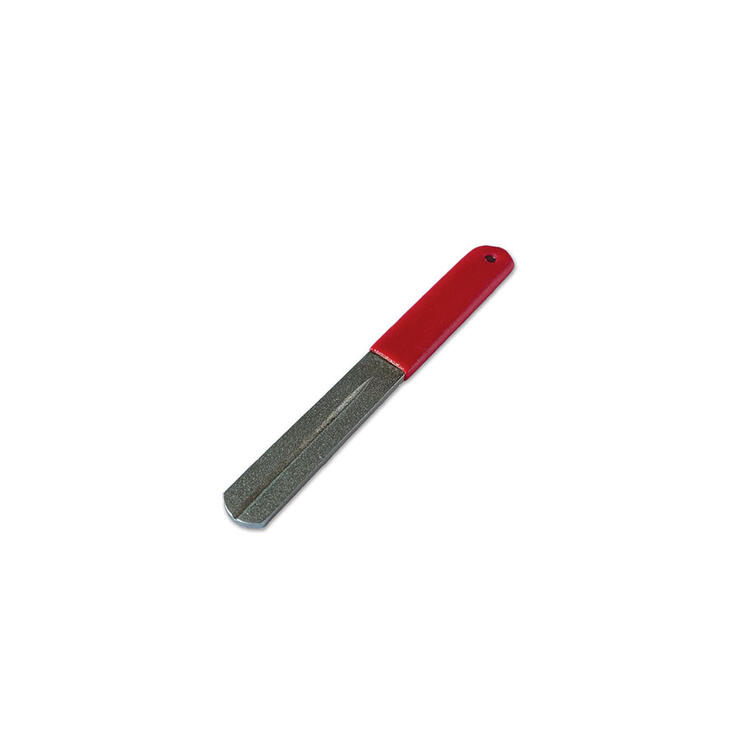
Fly fishing, like conventional fishing, sees hooks flying all over the place sometimes landing away from their intended targets. Contact with wood, rocks, boats, and rust are all factors that contribute to hook degradation. Instead of retying your hook-dull fly, if you have a hook hone in your vest or pack, you can revitalize your fly to near-new condition. A hook hone will provide new life to an older fly, in turn saving you time on the water to catch more fish. Not to mention that it’s a money-saver as well.
Nets
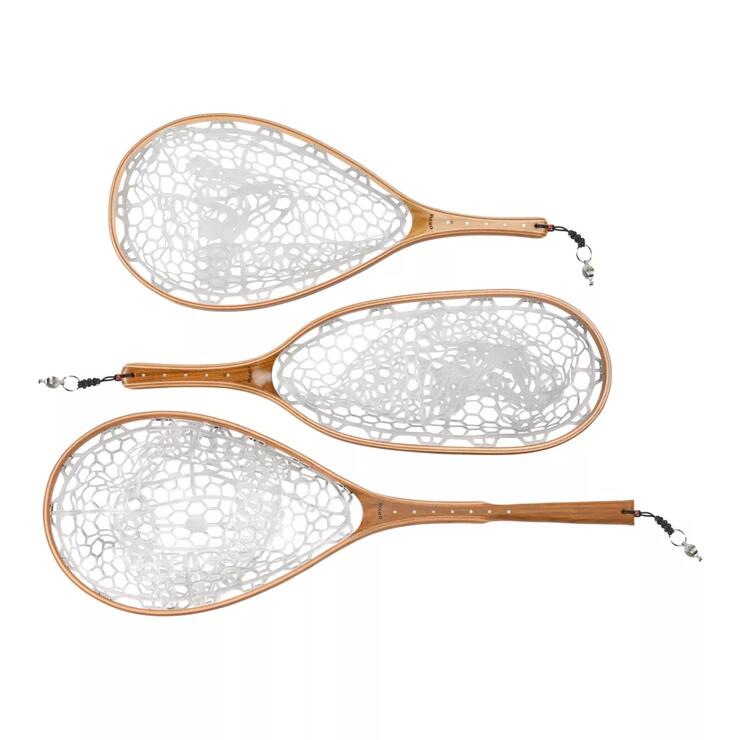
It goes without saying that a properly sized net for the species of fish you’re targeting is a responsible thing to do. A rubber net serves several purposes in your angling career. First and foremost, it protects the fish. If used properly, it prevents the fish from banging and thrashing in the boat or on the bank causing physical damage. Rubberized nets also serve to preserve the protective slime layer all fish have on their scales. Remember, many fish have never felt gravity. Appropriately sized nets support the entire weight of the fish distributing their weight across their entire body. For the angler, it protects them by allowing easy release back from the boat or the dock eliminating the dreaded dunk if they were to slip.
Better Than you Found it Bag
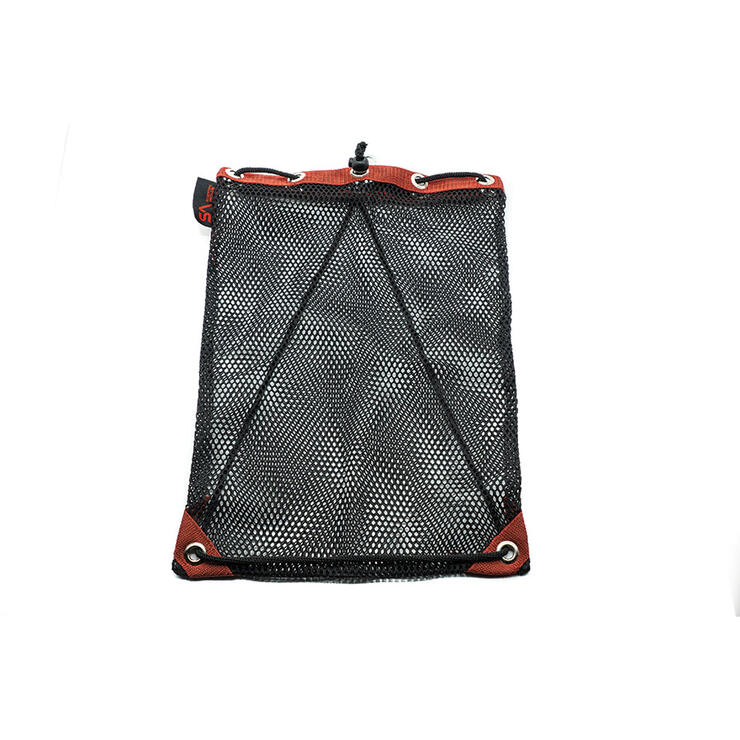
A fly line manufacturing company developed this handy little mesh bag to allow anglers to leave their river or lake better than they found it. Small mesh holes allow for water drainage of things like cans or plastic eliminating any extra weight anglers may experience when picking up trash. The bag is small and it’s designed that way. Based on the “every bit helps” philosophy, anglers may be more inclined to pick up garbage if the carry-out weight is manageable. The included carabiner and strings allow you to attach the bag to a sling or be worn as a backpack.
Cap light
We’ve all experienced the “one more cast” phenomenon. Often, one more cast lasts so long that we end up walking out from the river or stream in the dark. Keeping a cap light in your vest is a great way to combat semi-sightless stumbles back to the truck. By simply clipping the light to the brim of your baseball hat, you’re able to get out via the trail hands-free and make your way back safely.
Adding one or all these items to your fly-fishing kit will increase the pleasure of your experience whether you fish in a river or in a lake. Safety on the water is paramount as is the ease of your experience. After all, we’re all about fly fishing in clean pristine, and healthy environments all the while giving back while doing a little cleanup along the way.
Recommended Articles

Winter Fish Scents
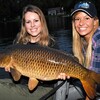
Fishing Carp
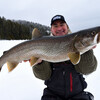
Rigged for Ice Fishing Success
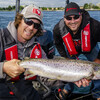
Salmon Of The Soo
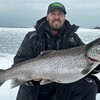
Ontario Brown Trout Fishing
Casual Canadian Muskies
Troutfly Lake Outpost
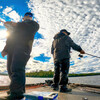
Big Boat Portaging
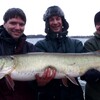
Who Let the Dawgs Out

Size Matters
Fishing the Regions of Northern Ontario
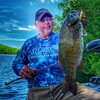
Discover the 3 Best Bass Fishing Lakes in Ontario
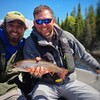
Fantastic Brook Trout
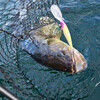
Big Water Fall Walleye
Ontario Brook Trout
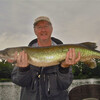
Fly Fishing in Ottawa

Learn to Be Slow in a Hurry

Trophy Lake Trout and Smallmouth Under the Northern Lights
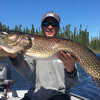
Ontario’s Monster Northern Pike Fishing Adventures

